This weekend IndyCar trialed a new component to oval racing for the first time, giving drivers two different tire compounds to run during the race.
The softer Firestone tires wore down quickly, and most drivers chose to pit early to remove them in favor of the harder compound, but they did produce similar lap times if they were used gently during the run.
They also produced more marbles than the standard tire, leading to a treacherous upper groove that caught out a few drivers to dared to venture too high.
The danger of the upper groove made passing more difficult, as making a move on the outside was all but impossible once 50 laps had been run.
“It brought in some pretty horrendous marbles onto the racetrack, which made the second lane almost impossible to use,” said Pato O’Ward after the race. “I don’t think I was the only one.
“Not that the black [walled tires] don’t create marbles, but definitely this alternate tire was a special add-on to that. It made it pretty hard. The difference in grip wasn’t that big of a difference.
“I think two different tires for the ovals is actually pretty cool. I just think if they want good racing, we can’t be in single file. Then even the lappers can be racing with the leaders.”
Despite the drawback, most drivers reported that the experiment was largely a success. The day’s winner Scott Dixon even went so far as to say the tires should fall off more quickly to give drivers a more difficult time.
There has been no word from IndyCar if an alternate tire compound will continue to be brought to short oval races in the future, but it seems likely given the lack of problems experienced this weekend.
Two tire compounds are standard procedure for road and street courses, and will be in use for the final two races of the season at Portland and Laguna Seca.

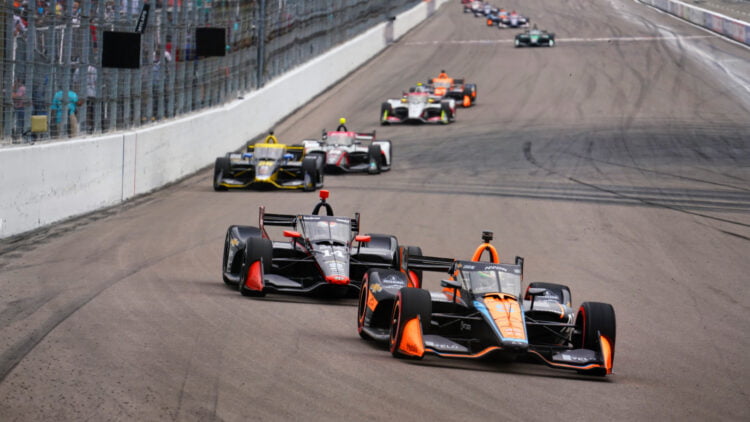


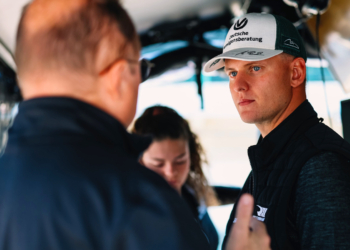
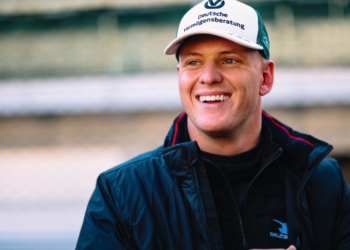
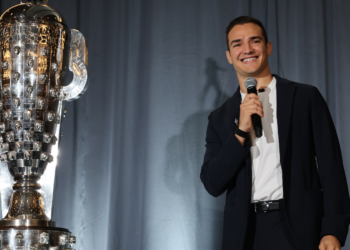
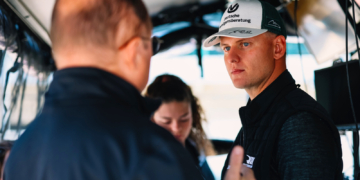

Discussion about this post